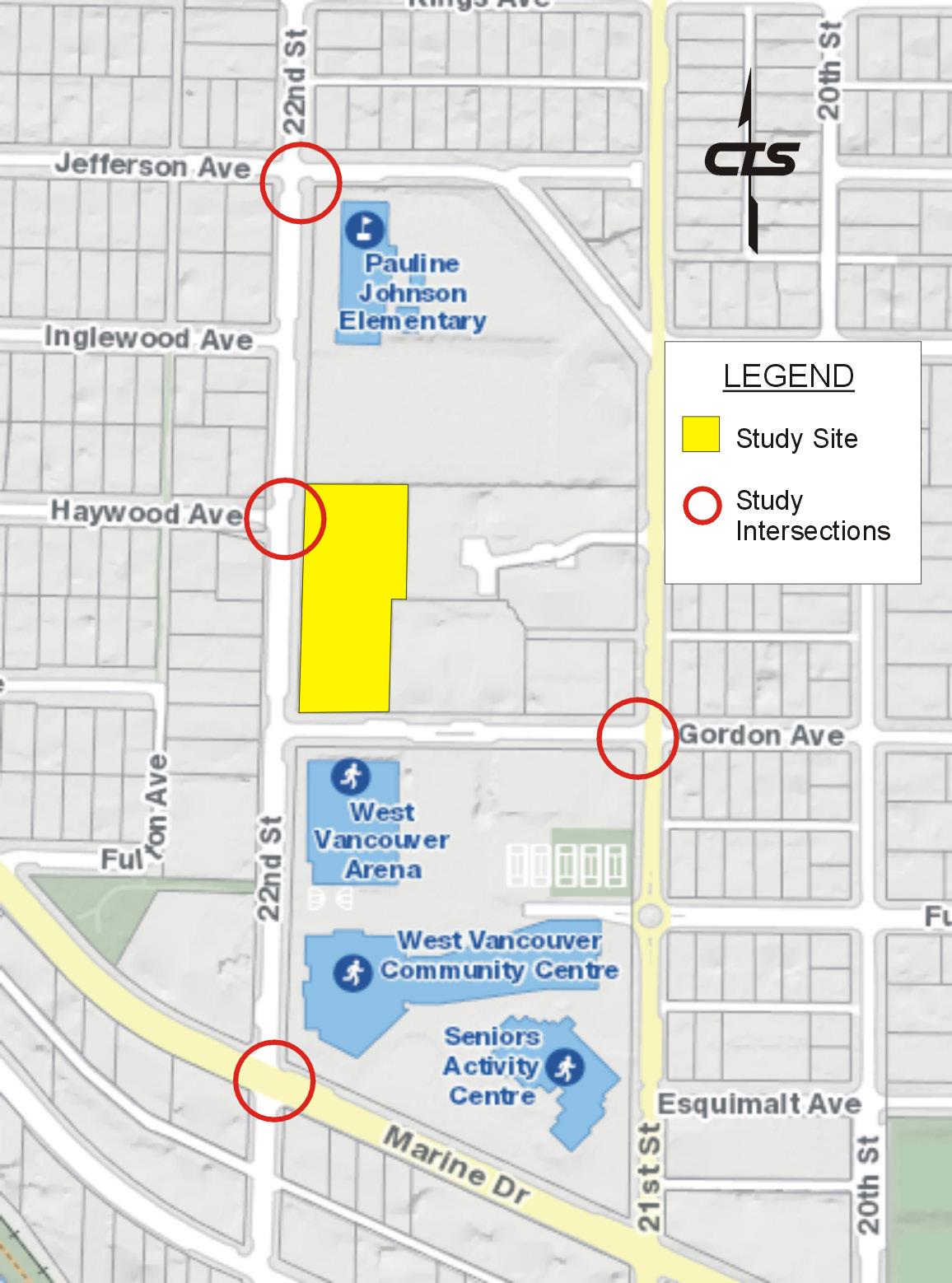
6 minute read
Project Profile: “Affordable” Housing in Metro Vancouver Gary Vlieg shares his experience with assessing parking needs for below market rental
Advertisement
BY GARY VLIEG, CTS
The term “affordable” housing has many meanings for different people and it is highly dependent on where you live and what your income is. A more generic definition that allows for variations in income and regional housing costs looks at two elements: average cost of housing and average household income for that region. There is an implied assumption that average income is related to regional cost of living, i.e., if you live in an expensive region, your household income will reflect the increased costs. The Canada Mortgage and Housing Corporation (CMHC) offers the following definition: “In Canada, housing is considered “affordable” if it costs less than 30% of a household’s before-tax income.” The economic variation across the country must not be forgotten, however; “affordable” housing in Metro Vancouver would be considered “unaffordable” in most parts of Canada, with Toronto being the lone exception. Other terms used in the discussion around affordable housing are “below market rental” or “non-market rental”.
Within the broader context of British Columbia, there has been extensive debate regarding the housing affordability crisis both in Metro Vancouver and Greater Victoria. Various levels of government have been involved either through the direct provision of housing (BC Housing, Metro Vancouver Housing) or through the provision of financial incentives (e.g., federal subsidies or municipal zoning relaxations). One of the key financial incentives that directly impacts the transportation component of a project is the provision of parking.
As anyone associated with the development industry will tell you, the key element in making a project profitable (or in this case, ensuring affordability) is to keep construction costs down. In Metro Vancouver, underground parking construction costs start at $50,000 per stall and can easily reach $70,000 per stall depending on geotechnical considerations. Therefore, determining an appropriate parking rate is key to a sustainable financial model. This is particularly relevant for below market rental housing where tenants are less likely to own a car because of their income and the appropriate rate may be less than what is contemplated in the zoning bylaw. While it is important to keep soft costs down, if the parking requirements in your municipality do not specifically allow for reduced parking for affordable housing, undertaking a parking variance study could be very cost effective as the cost of the study is typically less than the cost of a single underground parking stall.
This article focuses on a specific project in the Metro Vancouver region during the planning phase. CTS has been involved in a project with the District of West Vancouver (DWV) to provide transportation engineering advice to support a primarily residential development that consists of two tenures: below market rental and market condominium. The intent is that the market condominium units would assist with the cash flow requirements needed to provide the below market rentals. The project is located immediately adjacent to a major recreation centre (offering an ice rink, swimming pool, and tennis courts) and an elementary school and is located less than 400 metres from a significant east/west transit corridor. See Figure 1.
To provide some context, the DWV undertook an economic analysis of housing costs and income for the DWV specifically. It should be noted (before your eyes pop out of your head) that this area is one of the most expensive in BC.
The average annual household income in DWV is approximately $90,000. The cost of housing ranges from 8.36 to 30.96 times the average annual household income.

Figure 1. Project study site in the District of West Vancouver
West Vancouver median housing price Down payment at 20%
Single Family $2,786,551 $557,301 Low Rise Apartment $850,399 $170,079 High Rise Apartment $752,189 $150,438
Continued on page 29...
To contextualise this, during the 1960’s and 1970’s and even during the 1980’s, the typical multiplier from average annual income to buy a single family dwelling was 10. Using the CMHC guideline of 30% and the average annual household income of $90,000 equates to $27,000 per year or $2,250 per month spent on housing. If we imagined a household could live for free, it would take six years to save the down payment and then the monthly mortgage payments would exceed the $2,250 guideline by more than 25% for the lowest cost option in the table above.
For the DWV project, our analysis started with the ITE Parking Generation Manual, 5th Ed., where the proximity to transit translates into a 15% decrease in parking demand (1.12 stalls per dwelling unit versus 1.31). Comparing typical multi-family housing and affordable housing with income limits is 1.31 stalls versus 0.99 stalls per dwelling unit, respectively. The net result being that there is a demonstrated reduction in parking demand for affordable housing and proximity to transit. When other Metro Vancouver jurisdictions were surveyed, the rates ranged from 0.90 to 1.2 stalls per unit including visitor parking at either 0.1 or 0.2 stalls per unit.
In 2018, Translink (the transportation authority in the region) and the Metro Vancouver regional government undertook a Regional Parking Study and found, generally, that there was an oversupply of parking for apartment style multi-family development in the order of 35%. The study found a direct correlation between parking demand and unit size (smaller unit = lower demand) as well as parking demand and proximity to transit (closer to transit = lower demand). The survey also specifically looked at “non-market” rental buildings (with a very small sample size) and found, based on a single Parking Facility Survey described as non-market rental, that the parking supply was 0.33 stalls per dwelling unit and the parking demand was 0.14 stalls per dwelling unit. Based on household surveys of the same tenure, with a sample size of 28, the parking supply was 0.90 stalls per dwelling unit and the parking demand was 0.43 stalls per dwelling unit.
Based on our research and analysis and the specific site considerations, the recommended parking rates were for the subject site: • Strata: 1.0 stalls per unit (0.9 stalls per unit plus 0.1 visitor stalls per unit) • Below Market Rental: 0.9 stalls per unit (0.8 stalls per unit plus 0.1 visitor stalls per unit) These recommendations were based not only on the quantitative analysis but a qualitative assessment of travel behaviour in the DWV. Currently, automobiles comprise an 80% modal share and, even with aggressive alternate mode marketing and assuming a 100% increase in the pedestrian, cycling and transit modes, 60% of

PHOTO CREDIT: DENNIS SPARKS\FLICKR
FURTHER READING ON PARKING & AFFORDABLE HOUSING
Parking Requirement Impacts on Housing Affordability
Todd Litman, Victoria Transport Policy Institute This report provides extensive analysis of parking requirements, demand, development costs, and alternative parking management strategies that can increase housing affordability.
Local Housing Solutions
This US-based housing policy platform offers resources and guidance to help cities develop housing strategies, including an overview of factors to address for jurisdictions considering reduced parking requirements.
City of Victoria Parking Reduction for Affordable Housing
The City of Victoria zoning bylaw reduces the requirement for parking spaces for affordable dwelling units through a legal agreement










